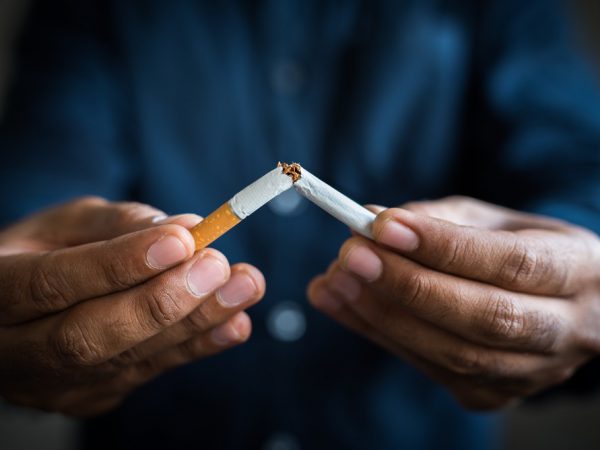Alex Cohen is the Director of Learning and Evaluation for the Richard M. Fairbanks Foundation.
According to recently released data from the Centers for Disease Control and Prevention, Indiana’s already high smoking rate has gotten worse, in contrast to declines in most other states. That is bad news for Hoosiers and our state’s economy.
Smoking remains the number one cause of preventable death in the United States and takes a heavy toll on Indiana especially. An estimated 11,100 Hoosiers die each year from smoking, and an additional 1,400 nonsmokers die annually from exposure to secondhand smoke. Smoking in Indiana also translates to $3.3 billion annually in healthcare costs and another $2.8 billion annually in lost productivity for employers.
The latest CDC data show that Indiana’s 2017 smoking rate was 21.8 percent, an increase from 21.1 percent in 2016 and 20.6 percent in 2015. Meanwhile, the U.S. smoking rate continued to trend down in 2017, reaching its lowest level since data collection began in 1965. The data clearly show that Indiana’s smoking rate is moving in the wrong direction.
From 2015 to 2017, Indiana moved from the 12th highest smoking rate to 7th, surpassing states like Alabama, Ohio and Missouri in the process, all of whom saw declines in smoking during the two-year period. In fact, over that period, Indiana was one of just 14 states that failed to see declines in smoking and had the fourth-highest increase in smoking rate among all states.
Indiana’s high smoking rate puts a drag on the state’s health and economy, imposes significant costs on Indiana’s taxpayers and employers, and drives the state’s poor health ranking. Without significant action, the state’s smoking rate is likely to remain among the worst in the nation.
Fortunately, as the Richard M. Fairbanks Foundation’s recent report on tobacco use in Indiana shows, there are proven strategies to reverse this pattern. Implementing these approaches is likely to achieve the declines in smoking seen in other states and improve the well-being of individuals in Indiana.
Note: The data described in this blog come from the Behavioral Risk Factor Surveillance System (BRFSS), as reported by the Centers for Disease Control and Prevention (CDC). The spreadsheet used for all calculations can be downloaded ここ.
Tagged in: Alex Cohen, BRFSS, CDC, Indiana, Tobacco Use



